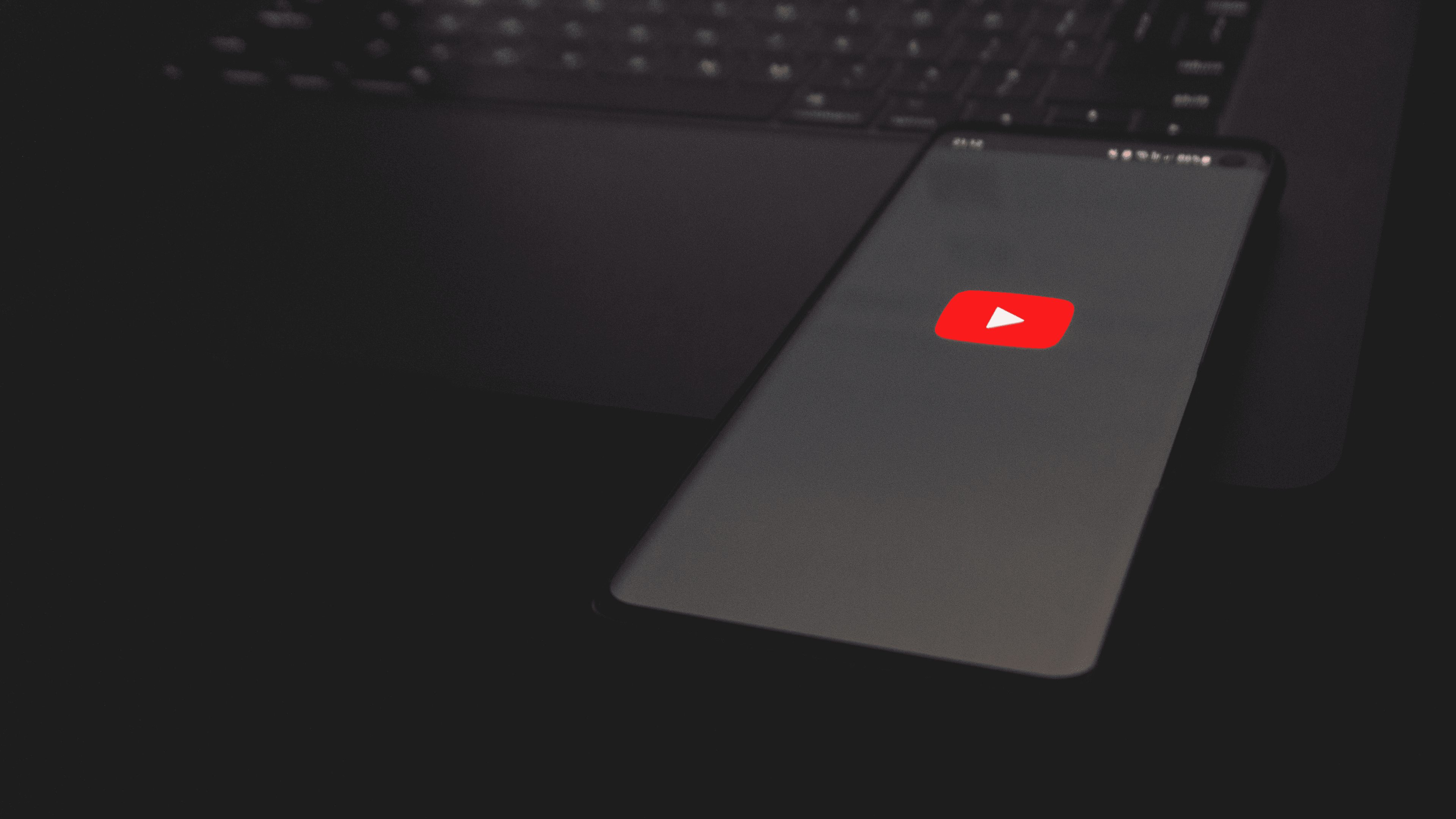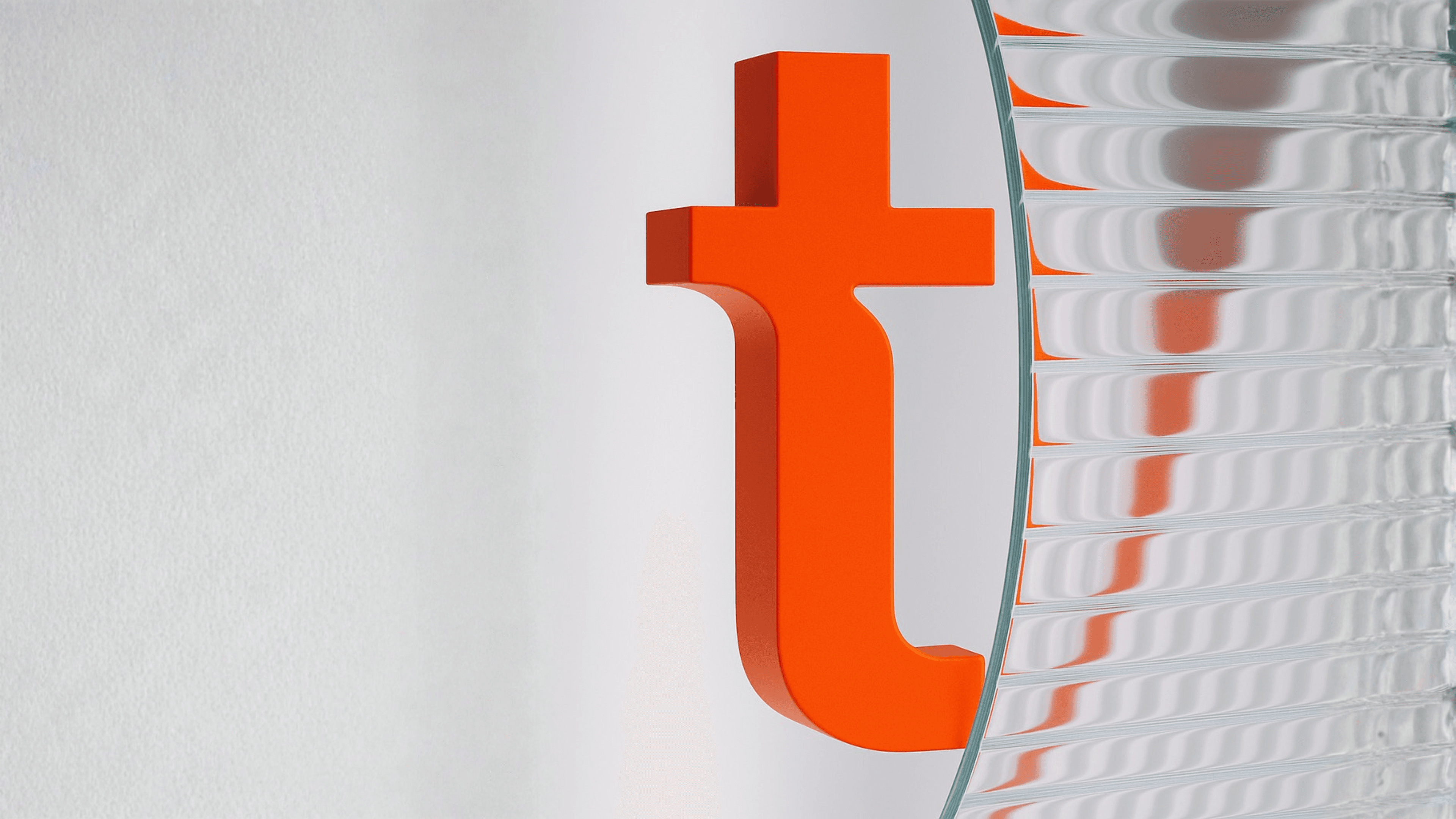Whether you’re an up-and-coming music artist or simply a fan of good music, you’ve probably wondered how YouTube royalties work and how YouTube Music pays its artists. If so, you’re in the right place.
With many artists across the globe earning royalties from YouTube, the site has proven to be a highly lucrative platform for content creators and musicians alike. Videos that contain music have the potential to generate royalties for the artist whose music is being used, but the royalty process can be confusing at times.
Don’t worry. We’re here to break it down for you. In this article, we’ll be breaking down the ins and outs of YouTube royalties, how to collect them, and how much you can make when your music is used on YouTube.
![]()
How royalties work on YouTube
As an artist, it’s crucial to understand how streaming royalties work and how they are paid. Knowing about these topics will help you maximize your revenue and set realistic long-term goals for your music career. YouTube’s royalty system can be confusing because the platform pays different rates under the categories it uses: YouTube Music, your official channel as a musician, and Content ID. So what are these three groups?
YouTube Music is a premium service separate from standard, free YouTube. Your official channel is where you’ll post your music in YouTube video format. And finally, Content ID is YouTube’s automated system for allowing copyright owners to identify YouTube videos that include content they own. For instance, you could claim videos that use your music through Content ID in the music industry.
Does YouTube pay royalties?
The short answer: Yes. YouTube does pay royalties for musicians and content creators of all types. But when it comes to music, things can get complicated quickly due to the three categories that we just covered. Depending on how your music is used and who listens to it, you can make vastly different amounts of royalties on YouTube.
YouTube’s royalties per view structure
YouTube pays out royalties depending on how many views your videos get. You will get performance royalties for any broadcast of your music. You will also get mechanical royalties for the interactive streaming of your song. The revenue you receive as the owner of your music will come from monetizing the content on YouTube.
In order to monetize your content, you’ll need to sign up for Content ID. If you’re approved, YouTube will place ads (or banner ads) on your content – it all depends on the viewers. If a viewer watches more than 30 seconds of the ad or clicks on the banner ad, you will generate revenue, split between YouTube (45%) and you (55%).
Does YouTube pay royalties for music?
Yes, YouTube pays royalties for music directly through YouTube Music. On regular YouTube, you will get royalties after content monetization, which involves placing ads on your videos. The amount of royalties you will make changes due to a few different factors.
What are YouTube music royalties?
YouTube Music is a premium subscription service different from free, open YouTube that anyone can access. It’s YouTube’s move to compete with platforms like Spotify and Apple Music. When users stream your songs on YouTube music, you will get a payout that has nothing to do with content monetization. You will get paid per stream.
Making money with royalties from YouTube
To make money from YouTube, you need to place ads on your videos – that is unless your videos are viewed through the platform’s paid services, such as YouTube Premium and YouTube Music. Let’s break down how much you can make from YouTube royalties on each of these subcategories of YouTube.
How much are YouTube royalties?
The amount you’ll make in YouTube royalties depends on how exactly people consume your music. You’ll make different amounts if users listen to your music on YouTube music, directly from your channel, or through videos monetized within Content ID. These second two categories can fluctuate significantly, but here are some average numbers.
On average, 1,000 views of your video on your official channel will make you around $1.64. That amounts to $
![]()
How much does YouTube pay per music stream?
On YouTube Music, you’ll get paid per stream. The average payout right now is $0.004 per stream, which means that you’ll make $
How often does YouTube pay royalties?
YouTube pays out royalties on a monthly basis. You’ll need to ensure that your payment information is up-to-date both on your YouTube account and your AdSense account in order to ensure you receive all the money that is due to you.
How to collect royalties from YouTube
As of 2022, YouTube has paid artists, songwriters, and other rights-holders over $6 billion within a year. With over 2 million users logging on each month and over 1 billion hours of content being watched every day, YouTube is a definitive entertainment giant in our society. For up-and-coming artists, it can be a great way to get the word out about our music.
You can make money from putting your music on YouTube, especially if you own the rights to your music. You’ll be able to make money through Content ID, which basically scours the platform for videos with your music – then, you’ll be able to profit from content monetization on those videos.
The other way to make money on YouTube is through video streams on your own channel. There is a catch, though – in order for YouTube to place ads on your videos and in order for you to make a profit, you’ll need at least 1,000 subscribers and over 4,000 watching hours in the past 12 months. Once you’ve met this threshold, you’ll be able to monetize your videos through the YouTube Partner Program.
![]()
How does YouTube Music pay its artists?
It’s important to remember that YouTube Music pays artists differently than plain old YouTube. YouTube Music is a premium service, like paid versions of Spotify and Apple Music, and it pays relatively well compared with other platforms.
YouTube Music pays an average of $0.008 per stream – a number that sounds small until you compare it to how much Spotify pays (from $
- Your agreement with your distributor or label – depending on your split with your label, you’ll receive more or less of the streaming revenue.
- The subscription tiers of your listeners – if you have a lot of free listeners, you’ll make less than you would from paid or premium tier listeners.
- Where your listeners are located – YouTube Music monthly subscription prices are different depending on the country, so if many of your listeners are located somewhere with a lower subscription price, you’ll make less too.
Understanding how YouTube royalties work can be extremely helpful in maximizing your profits and earning a sustainable living from your music, especially at the beginning of your career.
How to elevate your YouTube royalties with Talentir?
With our co-ownership model, fans can directly participate in the success of their favorite artist by owning a fraction of a YouTube video. The core feature that sets Talentir apart is its ability to transfer your video rights into something that can be shared. As a creator, you can define the parameters, such as the percentage of royalties you want to convey through our rights-management software within your internal crew, band, label, etc. Once set, your video is published on Talentir, also ready to boost its engagement by sharing it with your fans. All these new people holding positions of the rights in their hands will now be the ones to push your content as they are currently growing with you.
The most obvious benefit of this model is that it opens up a new revenue stream. Besides the regular income from YouTube's ad revenue and sponsorships, this empowers creators to leverage their content in a new way, effectively monetizing their creativity and hard work.
Beyond monetization, our platform offers a unique way to connect with your audience. Fans can now play a vital role in every artist's success. By owning a part of their content's royalties, they're becoming an active participant in the creative journey.
Talentir provides financial flexibility. Need funds for a new project or upgrade your equipment? Instead of relying on sporadic brand deals or dipping into personal savings, you can finance your endeavors by releasing some of your video royalties to your fans.
Talentir's user-friendly dashboard provides creators with insightful analytics, helping to track the performance of your assets. Keep an eye on views, earnings, shares sold, and other important metrics, allowing you to make informed decisions and tailor your content strategy accordingly.
Talentir is more than a tool — it represents a shift in the content creation industry. It embraces the growing trend of participatory culture, allowing fans to be more than just passive consumers. It provides an innovative and exciting way to elevate your YouTube royalties, empowering you to take control of your creative career like never before. Whether you're a seasoned YouTube creator or just starting, we provide an exciting new way to elevate your earnings and deepen your connection with your audience.
FAQs
How do royalties work on YouTube?
The amount of royalties you make on YouTube will depend on how people access your videos. You’ll make the most when paid users listen through YouTube music and the least when people hear your music through Content ID.
How do YouTube Music royalties work?
YouTube Music is a paid platform associated with YouTube that’s a competitor of Spotify, Apple Music, and the like. The average royalties you’ll receive from YouTube Music are $0.008 per stream, but that number can change due to various factors.
How much royalties do you get from YouTube?
On average, you will receive $0.008 per stream with users listening through YouTube Music. You’ll receive an average of $


